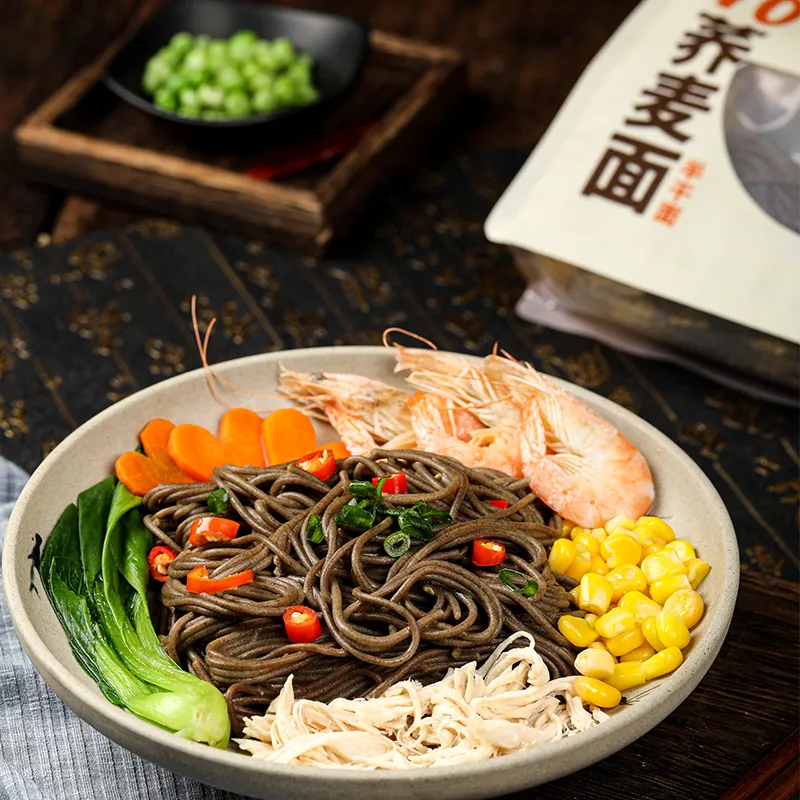Exploring the Benefits and Uses of Konjac Noodles in Your Diet
Exploring Konjac Noodles What Are They?
In recent years, konjac noodles have gained significant popularity, becoming a favorite among health enthusiasts, dieters, and those exploring gluten-free or low-calorie options. These unique noodles, often found in Asian cuisine, offer a fascinating alternative to traditional pasta. In this article, we will delve into what konjac noodles are, their nutritional profile, potential health benefits, and how to incorporate them into your diet.
What Are Konjac Noodles?
Konjac noodles, also known as Shirataki noodles, are made from the root of the konjac plant, a perennial that is native to East Asia. The root, which is rich in glucomannan, a water-soluble dietary fiber, is processed to create a gelatinous substance that can take on various shapes and forms. After processing, the konjac is transformed into a translucent noodle, which has a unique texture that is both chewy and slightly slippery.
These noodles are often sold packed in water to maintain their freshness, and they have a neutral flavor, which makes them a versatile addition to numerous dishes. They can be found in various thicknesses, from thin strands resembling traditional Asian noodles to fettuccine-style shapes.
Nutritional Profile
One of the standout features of konjac noodles is their remarkably low-calorie content. A typical serving (about 100 grams) contains approximately 10 calories, primarily coming from glucomannan fiber. This makes them an attractive option for those looking to reduce caloric intake without compromising the enjoyment of their meals.
Moreover, konjac noodles are virtually fat-free and contain no carbohydrates or sugar, making them an excellent alternative for people on ketogenic or low-carb diets. Additionally, they are gluten-free, making them suitable for individuals with gluten sensitivities or celiac disease.
Health Benefits
The health benefits of konjac noodles primarily stem from their high fiber content, specifically glucomannan. This soluble fiber has several potential advantages
1. Weight Management Due to their low-calorie nature and high fiber content, konjac noodles can help promote a feeling of fullness, reducing overall calorie consumption.
konjac noodles what are they

2. Digestive Health The fiber in glucomannan may help improve digestive health by acting as a prebiotic, feeding beneficial gut bacteria and helping to maintain regular bowel movements.
4. Cholesterol Reduction There is evidence to suggest that consuming glucomannan can help lower cholesterol levels, contributing to cardiovascular health.
How to Incorporate Konjac Noodles into Your Diet
Incorporating konjac noodles into your diet is both easy and versatile. Here are some popular ways to enjoy them
1. Stir-Fries Konjac noodles can be quickly sautéed with vegetables and protein, making for a healthy and easy stir-fry. Their ability to absorb flavors makes them a great backdrop for savory sauces.
2. Soups Adding konjac noodles to your favorite broth or soup can increase the texture and volume of the dish without adding significant calories.
3. Cold Salads Rinse and drain the noodles and toss them with fresh vegetables, proteins, and a light dressing for a refreshing salad.
4. Pasta Replacement Use konjac noodles as a substitute for traditional pasta in your favorite dishes, pairing them with marinara, pesto, or creamy sauce.
Conclusion
Konjac noodles are a remarkable and innovative food choice that caters to health-conscious individuals seeking low-calorie, gluten-free options. With their unique texture and versatility in a variety of dishes, they provide a satisfying, nutritious addition to meals. Whether you are looking to manage your weight, support digestive health, or simply explore new culinary experiences, konjac noodles might just be the perfect ingredient for your kitchen. As always, it's advisable to listen to your body and consult with a healthcare professional if you have specific dietary concerns or conditions. Enjoy experimenting with these fascinating noodles!
-
Unleash Your Inner Chef with Delectable Italian Pasta CreationsNewsAug.01,2025
-
Savor Health and Flavor: Irresistible Soba Noodles for Sale Await!NewsAug.01,2025
-
Nourish Your Body with Premium Organic Ramen - A Culinary Delight AwaitsNewsAug.01,2025
-
Elevate Your Dishes with Our Exquisite Kinds of Egg NoodlesNewsAug.01,2025
-
Dive into Flavorful Convenience with Our Ramen OfferingsNewsAug.01,2025
-
Discover Exquisite Types of Naengmyeon and Chilled Soba NoodlesNewsAug.01,2025
-
Is Whole Wheat Pasta Healthy?NewsMay.30,2025
Browse qua the following product new the we

















































































































